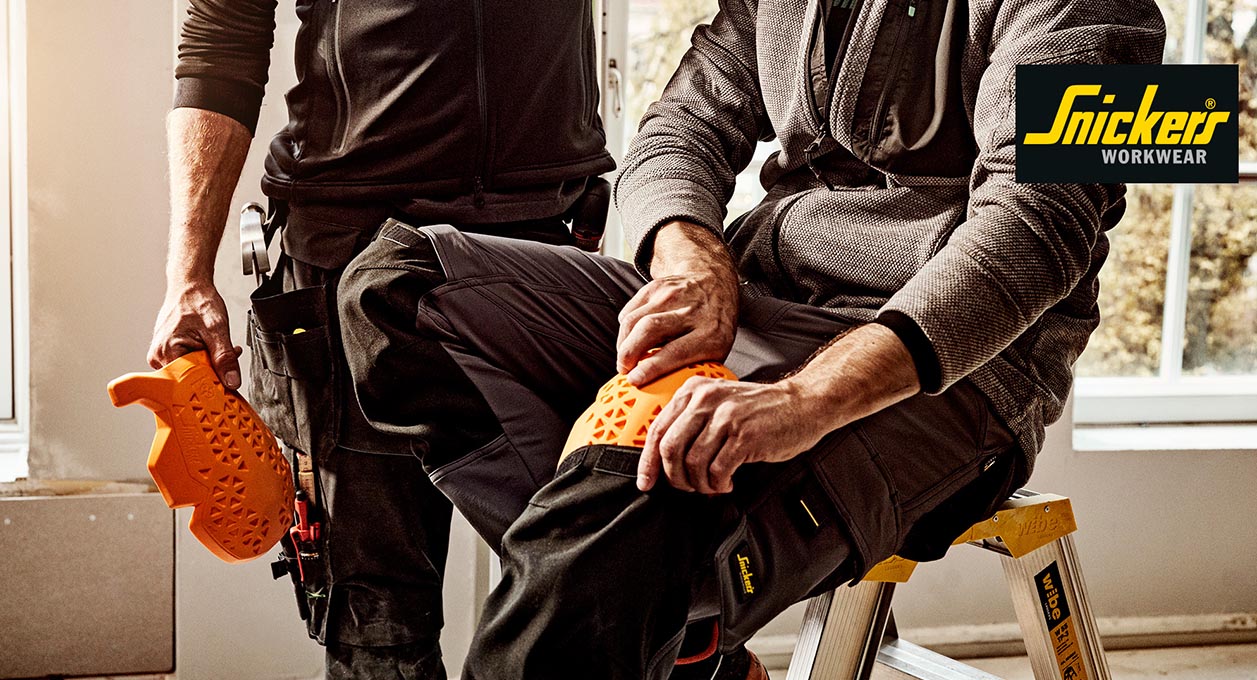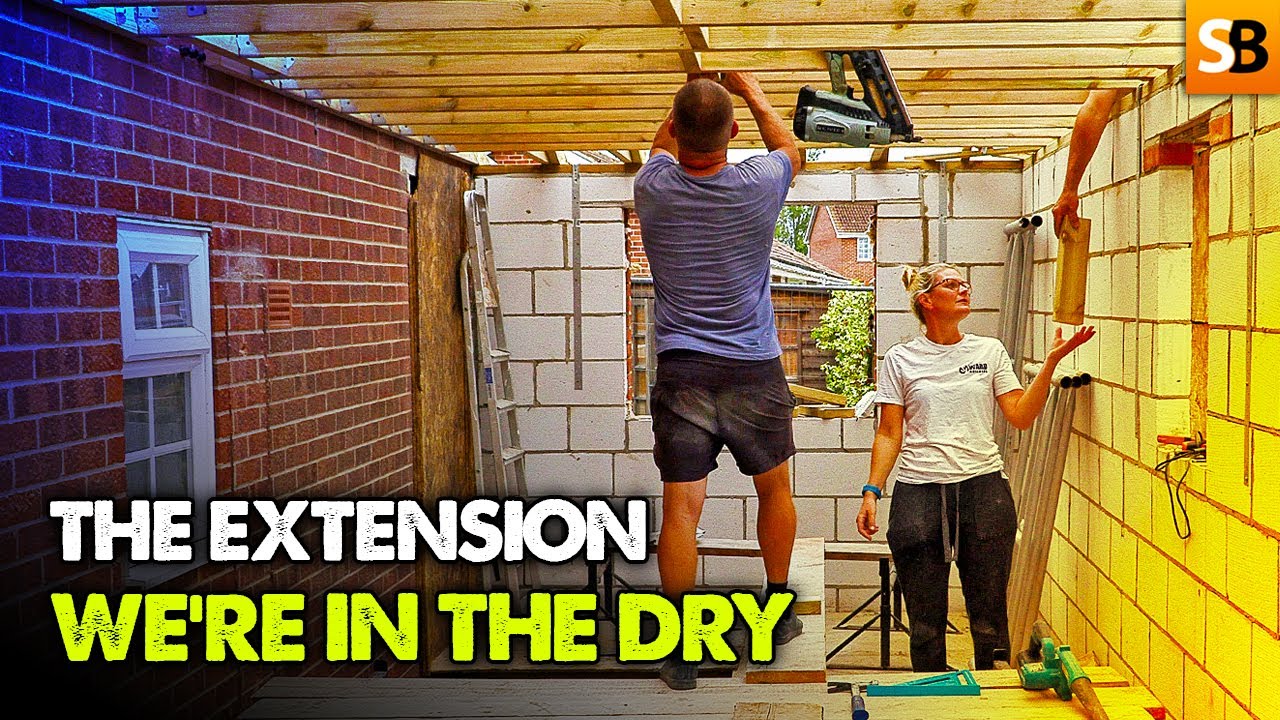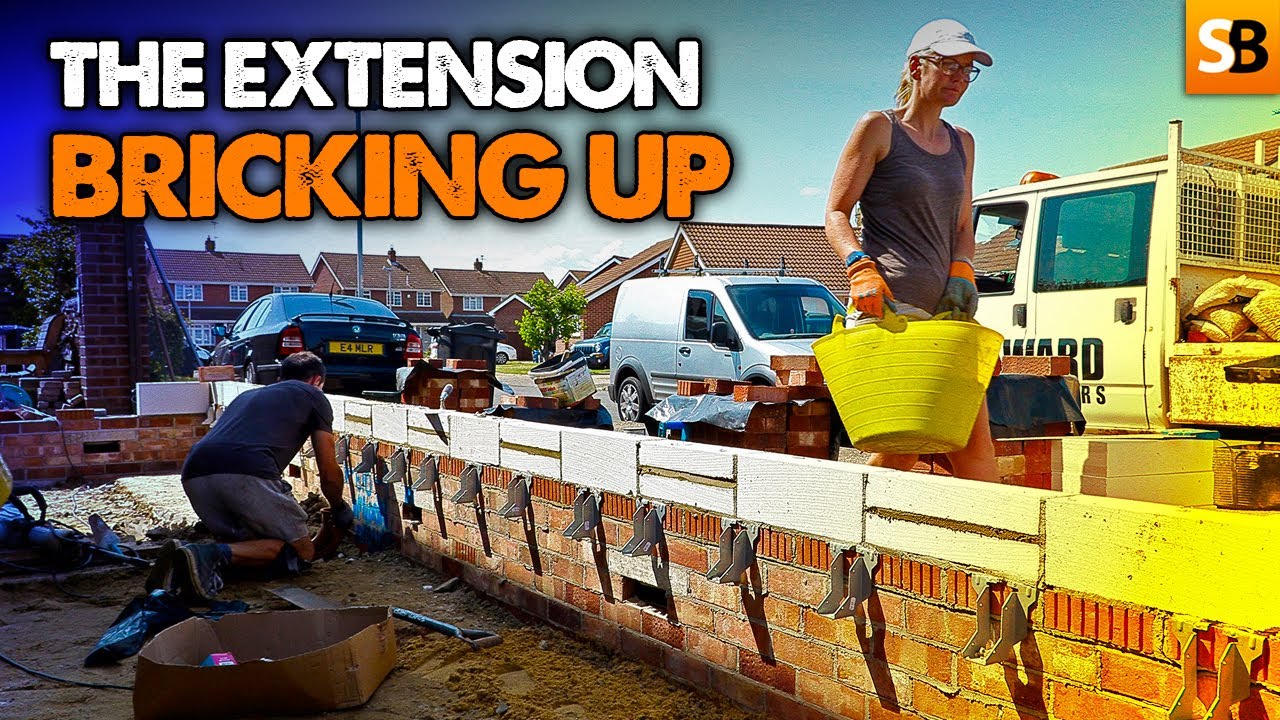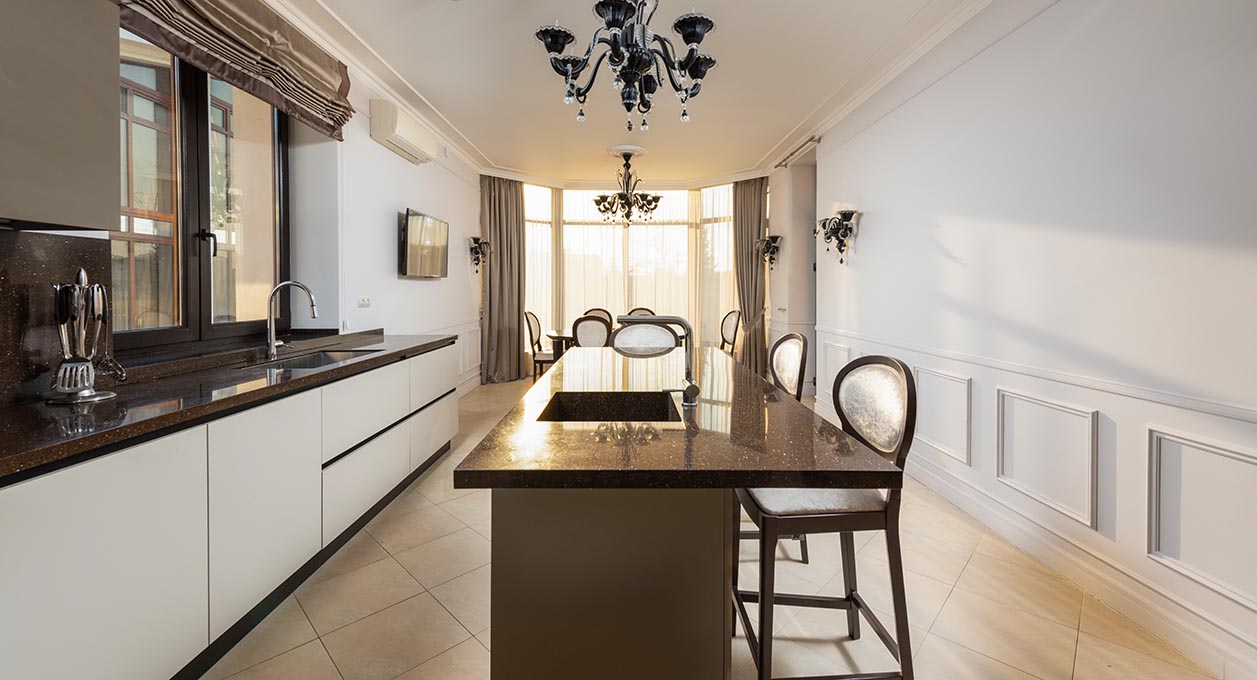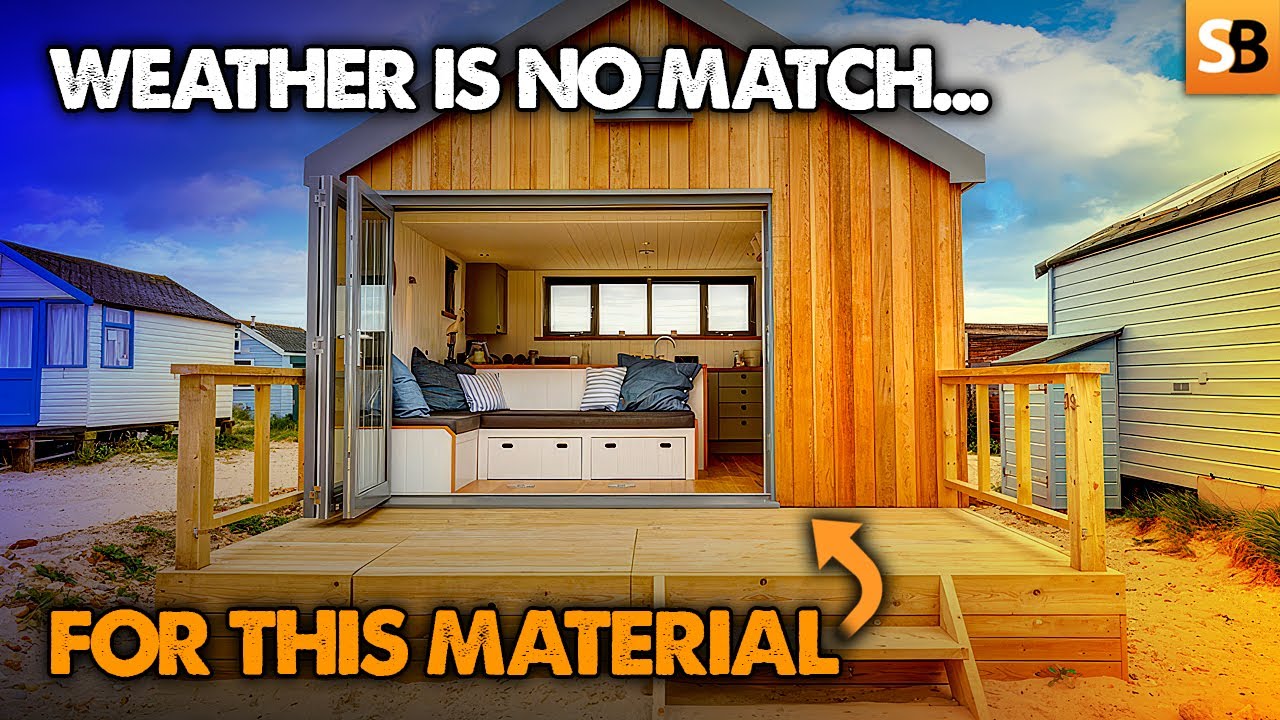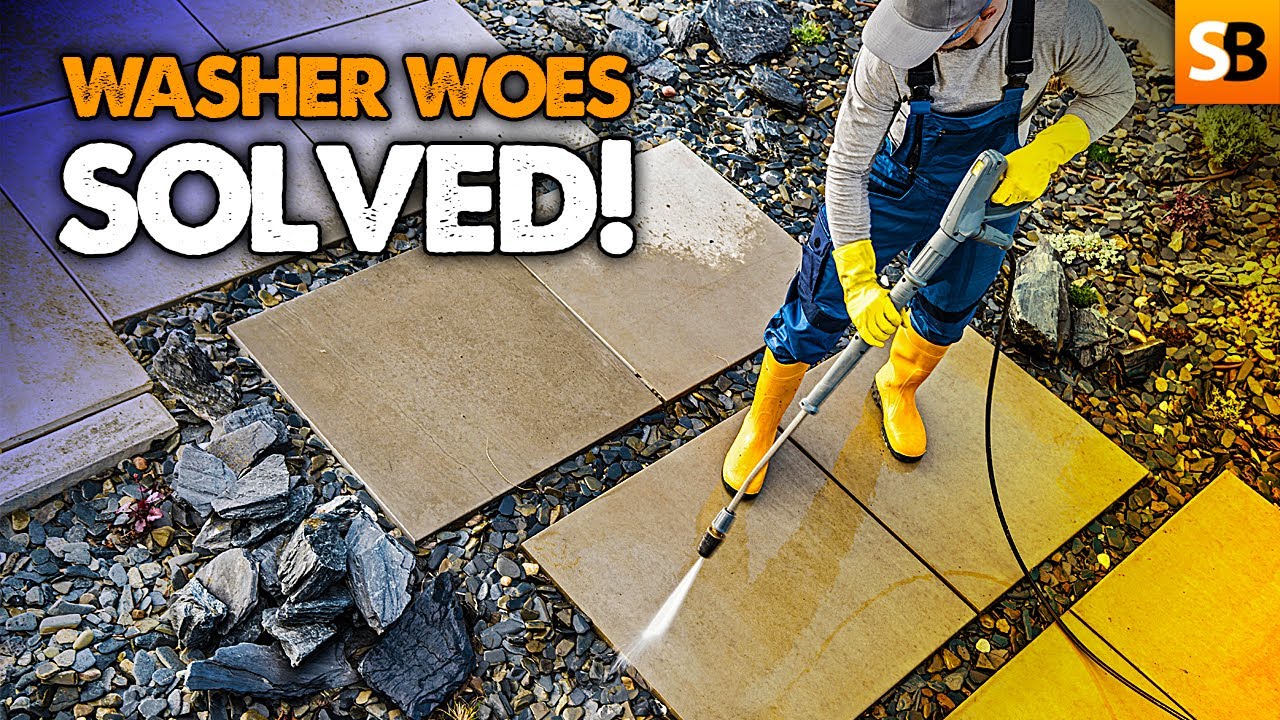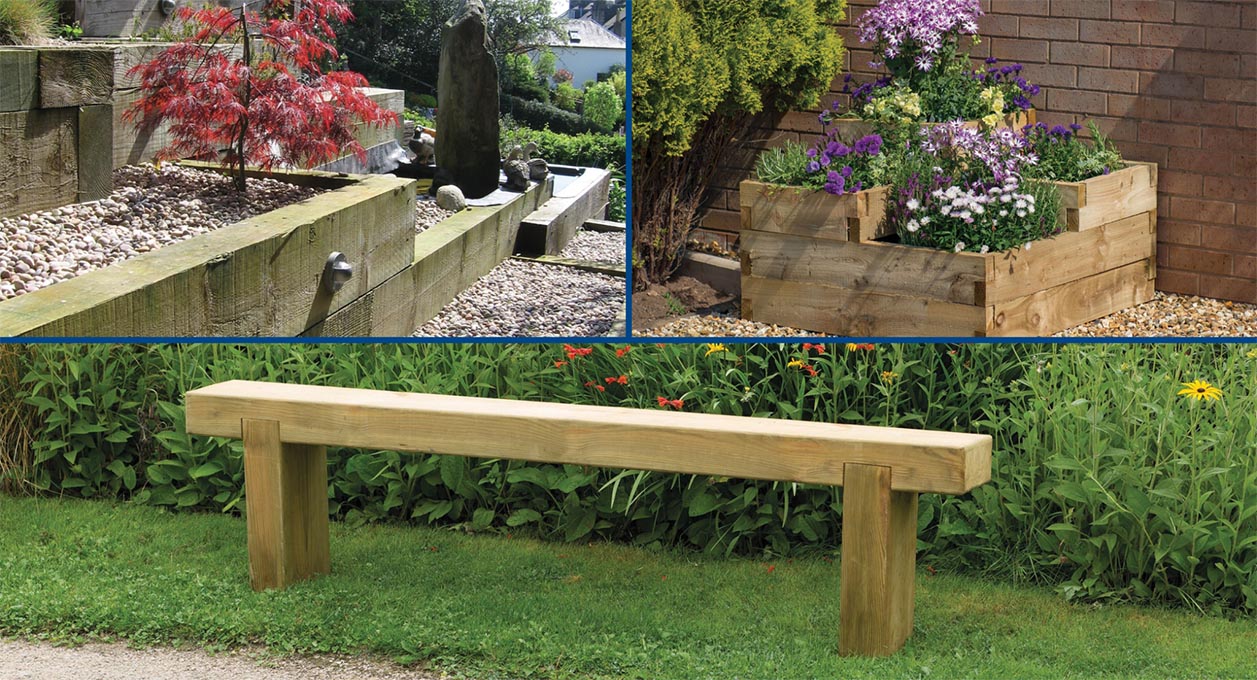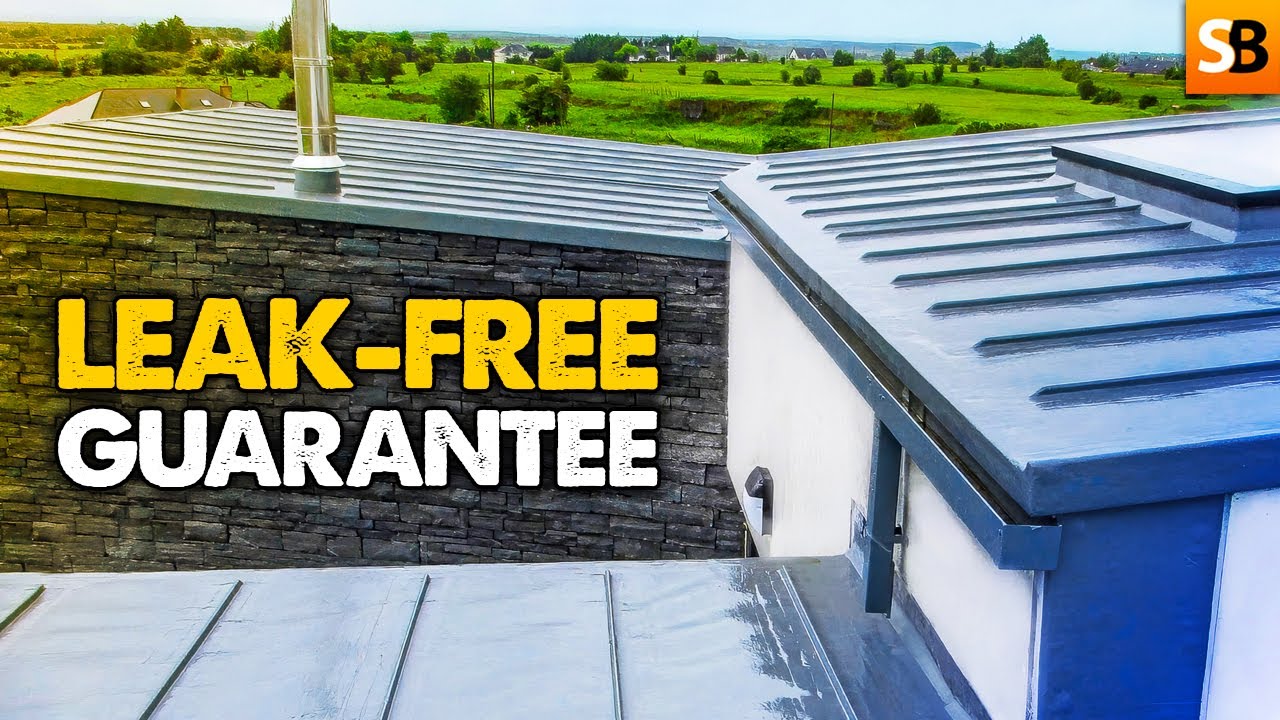Classic Victorian Kitchen Charm, Edwardian Serenity & Gothic Mystique..
Deep breath. That’s the smell of your history simmering on the hob. It is in these cherished kitchen spaces, hallowed by the echoes of the past, that Britons, young and old alike, find themselves drawn to. Lured in by the charm of Edwardian serenity, the mystique of vintage gothic, and the grandeur of the classic Victorian. But why?
Turn Back the Clock
Emma Carlow, noted interior design expert, muses- “Design is an exploration of our identity”. True to her words, this resurgent inclination towards traditional kitchen designs reflects more than mere nostalgia. It’s as if British youth are striving to stir up a soup of self-realisation in these timeless kitchens.
Relevance in the Resurgence: A Study
A study by the University of Oxford propounds that 35% of young Brits between the ages of 18 to 30 favour a traditional kitchen style. Academic Simon Quinn observes, “These kitchens provide a tangible link to their heritage. It’s a statement of legacy, of belonging.”
Edwardian Elegance
The Edwardian kitchen, where functionality waltzes gracefully with understated charm. Our lives twirl around like spoons in this kitchen, stirring memories of the past, folding them into the whip of the present. “The edgy yet understated feel of the Edwardian style holds contemporary allure for the younger generation,” says celebrated architect Isabel Knight.
Vintage Gothic
The vintage gothic style, capes of dark tones punctuated by rich woodwork reminiscent of a Bronte novel. Its atmospheric underpinning resonates with the young, inner charm of which mirrors the subtle, mysterious layers of young souls. “Gothic kitchens have this unique ability to transport us to a different realm. This escape, albeit in a familiar setting, is what the younger generation primarily connects with,” articulates Tony Smith, veteran interior decorator.
The Majestic Gourmet – Classic Victorian Kitchen
The classic Victorian kitchen is magnificent (as many would describe it), a beating heart of a home that’s positively glowing with happiness, packed with treasured moments, thrilling accounts, and infectious laughter. Plus, it’s absolutely brimming with whispers of magical, secret ingredients. It’s not surprising that young Brits are head over heels in love with it!
Victorian kitchens have this rich mix of colours. Think moody greys, striking blacks, and the elegance of off-whites, thrown together with the majestic depths of rich woods. It’s like a timeless painting you can’t help but be drawn into. It’s these colours adding irresistible charm – an inviting warmth that dances around with the mystery of shadows, creating an enchanting, comforting world.
“The unique colour palette of a Victorian kitchen adds depth, richness and a kind of welcoming warmth,” says Monica Harris, a famous designer. “Their inherent cosy vibe and the sense of security they provide really resonate with young spirits. It’s like being enveloped in an embrace that’s as nostalgic as it’s exciting and new.”
Appliances – The Lifelines
Underneath the aesthetic triumph, ensuring optimal functionality of these kitchens, are the ever-important appliances – the lifelines. Regular maintenance of these tools matters more than ever, for it’s like feeding the hearth that keeps the home warm.
Steve Jenkins, chief engineer at WG, explains, “Consistent servicing adds to the longevity of the appliances and, in turn, to the charm of these classic kitchen styles. A well-functioning appliance is in perfect sync with the soul of the kitchen.” A BBC Lifestyle report also underscores the importance of proper appliance maintenance, calling them “the heartbeats within the beautiful body of a timeless kitchen”.
The Perfect Blend
It is not only about loving the old, it’s about blending the old with the new. Young Britons aren’t just donning Edwardian, gothic, or Victorian as cloaks of the past, but as fashion-forward garments.
They’re melting pots, stirring the flavours of their heritage with a modern twist, creating a masterpiece that’s nothing short of a homage to their legacy. And cooking it up in a kitchen that withstands the test of time – that’s most certainly more than a trend. It’s a style. It’s a lifestyle.
More From Skillbuilder – Fabric Wallpaper & Wall Panels




